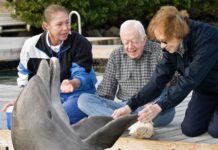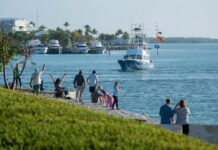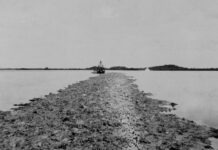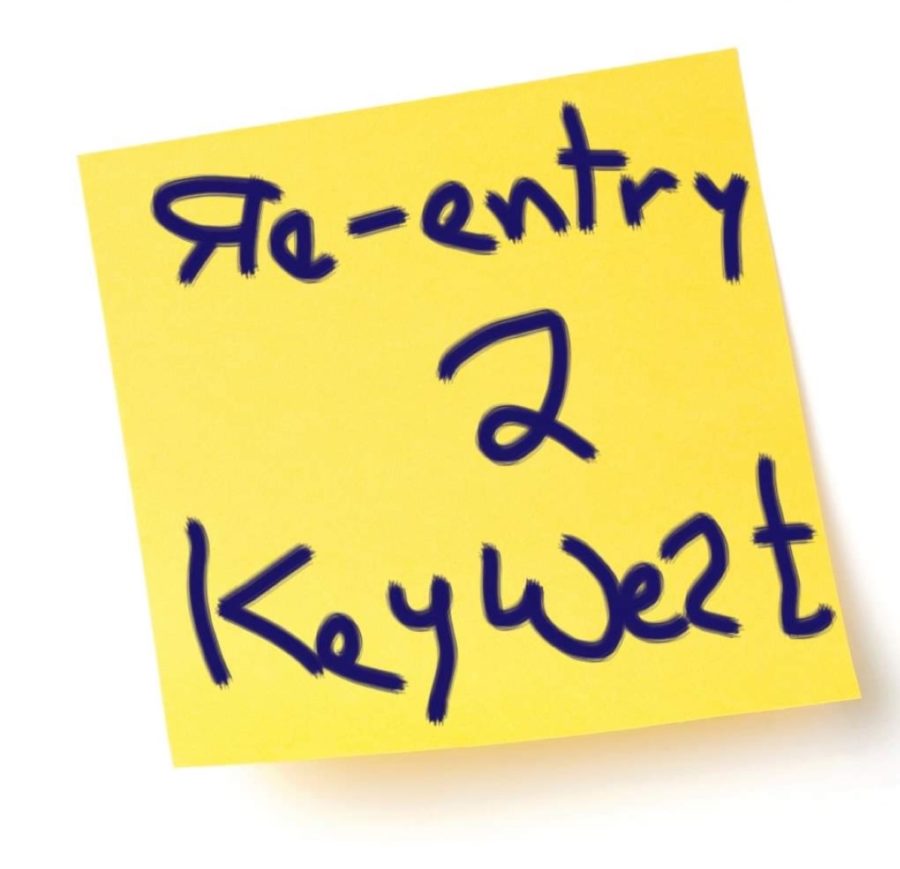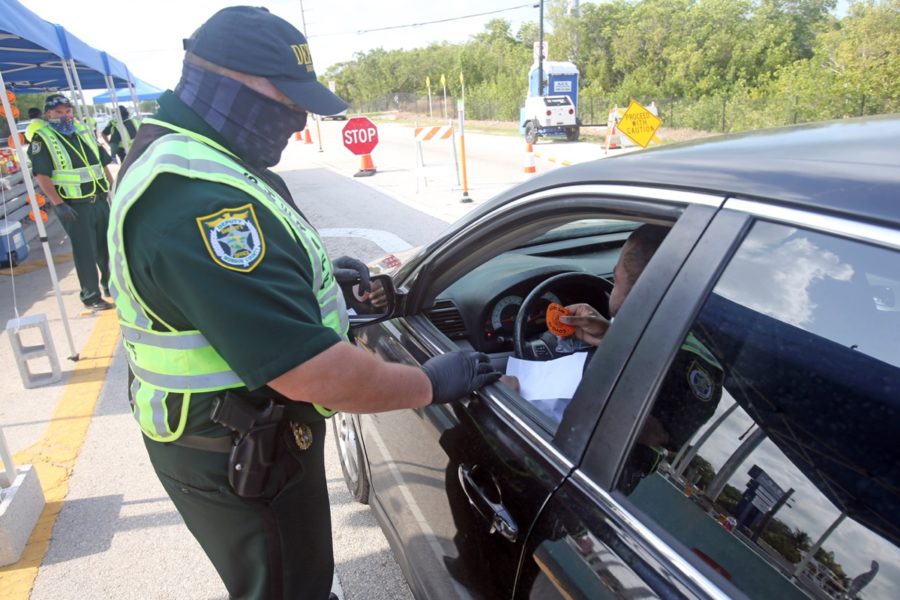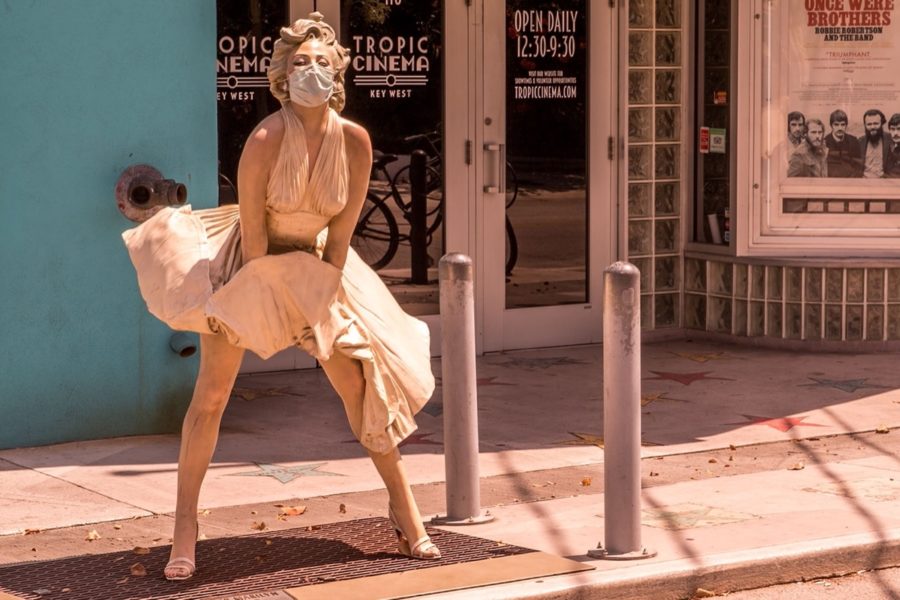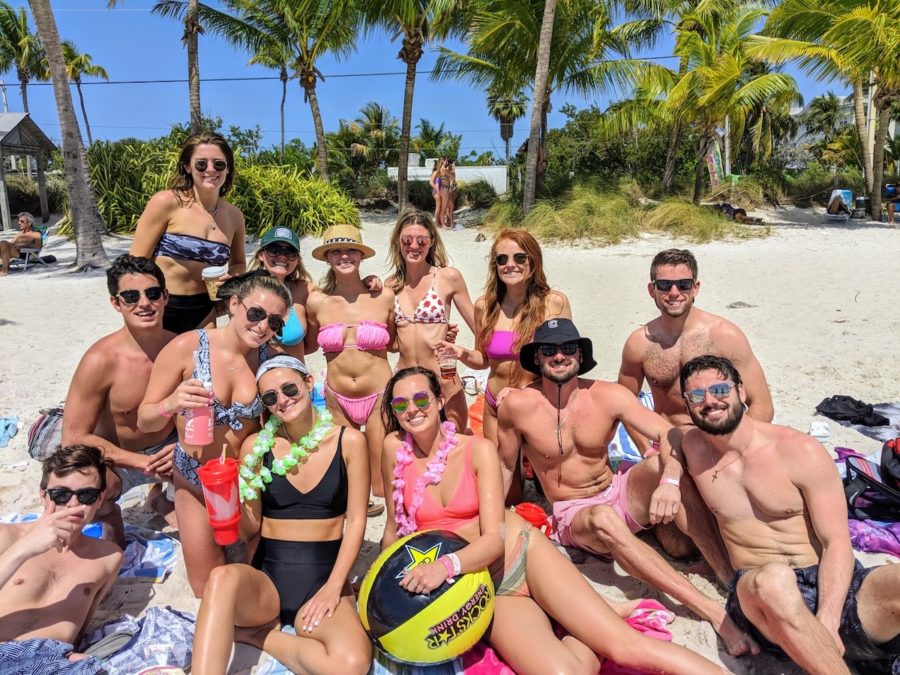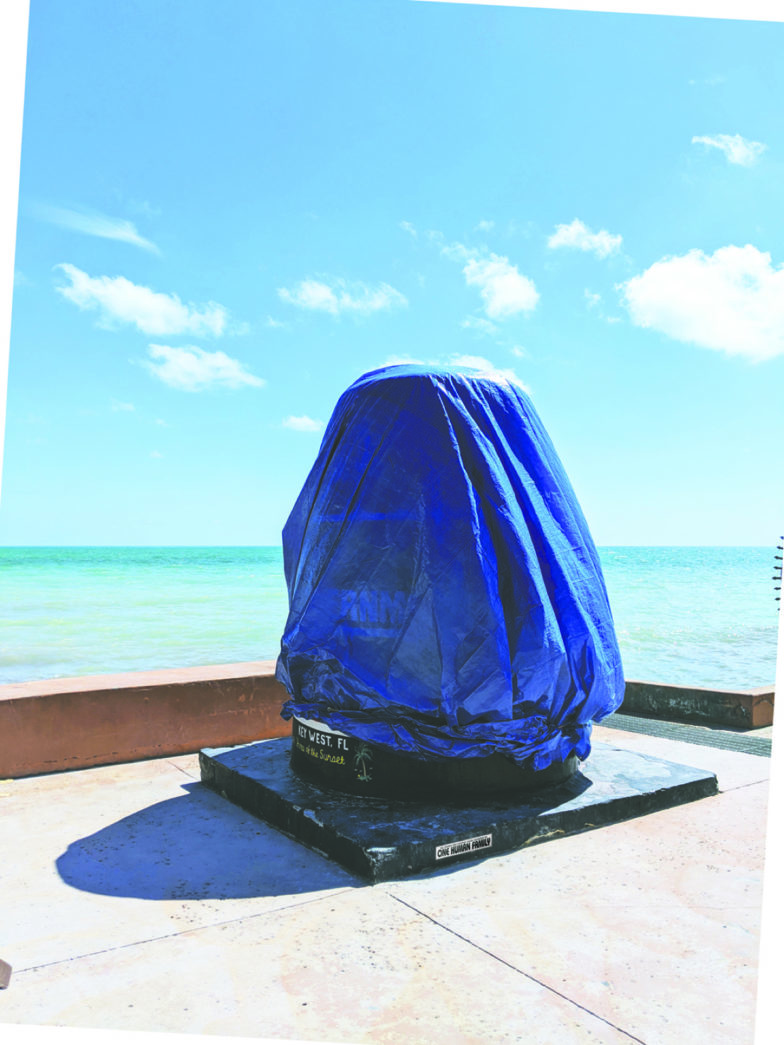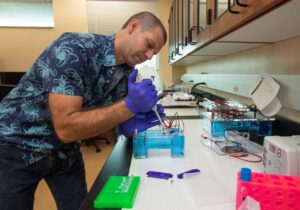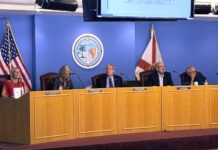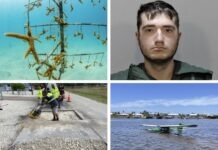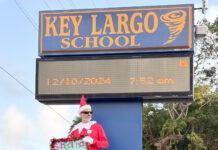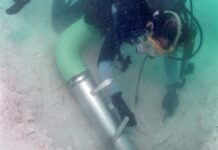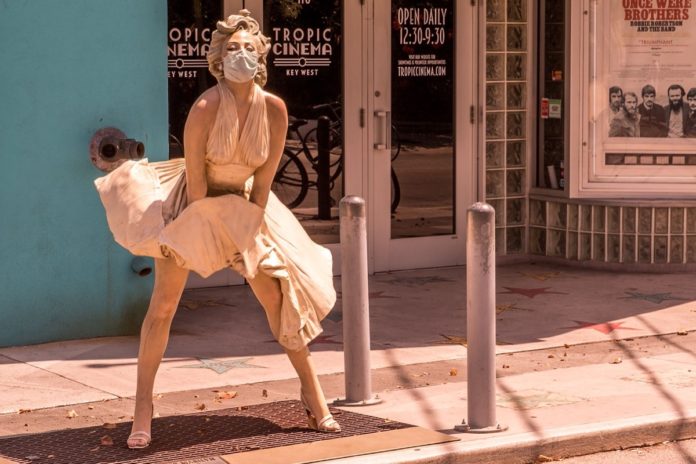
Remember when it all started? How little we knew, how quickly things kept changing? How inundated we were with information, misinformation and opinions?
We at Keys Weekly went back to the beginning, reviewing each issue, week by week, case by case, rule by rule; recalling nine months of the new normal that will forever define 2020.
Health Department Administrator Bob Eadie used a hurricane metaphor when describing the approaching COVID storm back in March.
”Right now, we are in the cone of uncertainty,” Eadie told county commissioners. “We know something is coming our way, but we don’t know what the final outcome will be. And we also know there are some things we need to be prepared for. I don’t want to minimize the spread of coronavirus, but it is not an end-of-the-world situation.”
That was in early March, before the county saw its first positive case, before toilet paper became a precious commodity. Businesses were still open and masks were a protective measure, not a political statement.
We were still joking awkwardly about elbow bumps replacing handshakes and we fumbled clumsily with Zoom, feverishly clicking links, apps and invites until something connected. We didn’t know to mute ourselves, screen-sharing was for the cool kids and we learned to scroll through the gallery view.
COVID tests were still trickling into the Keys, so positive cases were still in single digits.
The word “coronavirus” appeared for the first time in the Keys Weekly on Feb. 27, when the virus was still regarded as a problem in China that was only indirectly affecting the United States and, more specifically, the Florida Keys.
“China virus sinks Keys’ lobster prices,” read our February headline that described the struggles of local fishermen, who typically sell more than 80% of their spiny lobster haul to China. But flights weren’t landing in China and people there weren’t permitted to dine out.
MARCH
The last cruise ship departed Key West on March 14.
Three days later, on March 17, sh** got real.
College Spring Breakers learned while they relaxed on Key West beaches that their break had been extended a week. Gov. Ron DeSantis ordered the closure of all bars and reduced restaurant capacities to 50% with just a few hours’ notice on St. Patrick’s Day. Monroe County followed suit, but Key West prohibited all on-site dining at restaurants.
Take-out and delivery offers filled Facebook as servers became delivery people.
The same day, a giant tarp covered the Southernmost Point monument and Mallory Square closed to prevent gatherings of more than 10 people. Theaters were closed, events were canceled.
The Keys’ case count was still at zero on March 18, although testing efforts were just getting started. The Florida Department of Health was rolling out its COVID dashboard, tracking cases by county.
“I’ve never seen anything like this. At least with a hurricane you can see it coming,” said Danny Hughes, owner of Two Friends Patio Restaurant. “I just wish the city would match its restrictions with the state and county.”
By March 25, there were eight cases in the Keys.
The storm Eadie described had arrived in earnest by March 27, when Sheriff Rick Ramsay and his deputies erected two checkpoints just inside the island chain to keep visitors out.
Monroe County schools extended their spring break and made plans to distribute meals to needy students.
Masks became more prevalent, but weren’t yet mandated.
And still the headlines, news releases, announcements and updates filled our inboxes hourly.
The Keys Weekly evolved into a digital daily news outlet, updating its website and social media accounts dozens of times a day.
APRIL
On April 1, the governor issued a Safer at Home directive. That month saw the Seven Mile Bridge Run go virtual. Key West started repaving projects downtown while no one was in town. Testing — and case counts — continued to increase. Online learning began for Keys schools, creating child care challenges for parents who were still working. Thousands of tourism workers lost their jobs and found themselves waiting in drive-through food distribution lines.
The need for food assistance tripled. SOS Foundation food pantry set up weekly distribution sites while local restaurants pitched in and fed their communities.
The checkpoints were drawing unwanted attention and deputies began noticing fake re-entry placards.
Monroe County had lost three residents to COVID by April 8, and marinas and airports came under fire as loopholes for illegal visitor arrivals.
On April 19, DeSantis announced that school campuses would remain closed for the remainder of the school year.
The checkpoints remained. But Keys business owners started urging officials to loosen restrictions and accused them of overreach.
County commissioners came under fire in late April, having enacted the county’s emergency pay policy that allowed employees to quickly accrue $1 million in special COVID overtime.
On April 30, the county commissioners reluctantly agreed to pay the overtime, but amend the pay policy.
MAY
On May 4, DeSantis began a Phase 1 reopening plan, allowing restaurants to operate at 25% capacity while Key West officials were forced to start considering the cancellation of Fantasy Fest, powerboat races and other special events.
The checkpoints faced legal challenges and storefronts began to empty on Duval Street.
High school graduations were held online, although Somerset Island Prep drew national attention with its Jet Ski graduation.
SUMMERTIME
And then, on June 1, the checkpoints came down and the case count went up, as everyone had expected. But it kept going up, locally and nationally.
Mask mandates were argued, amended and mandated in the city of Key West.
Event cancellations continued. Cities cleared their event calendars through October and then into the new year.
The news started to improve for the island chain by late August, when the curve started to flatten. The county’s case county was at 1,700 and seemed to be leveling off, leading businesses to continue to call for looser restrictions.
City and county officials turned their attention to economic recovery and roundtable discussions were held with all segments of the community.
SEPTEMBER/OCTOBER
Talk started turning to topics other than coronavirus. The election took center stage, as decisions about masks and restrictions continued to divide the islands.
Masks became a political statement and police were losing the enforcement battle as downtown visitors refused to wear masks.
Cases were on the rise again, with Key West feeling the brunt of the increase.
NOVEMBER
Key West Mayor Teri Johnston proposed a midnight curfew for Key West, saying people downtown were showing blatant disregard for the city’s mask rules. Business owners united in opposition and felt their industry was being unfairly targeted.
Johnston ultimately withdrew the overall curfew proposal, but Key West was in a state of “mask chaos” as political divisions focused on face coverings and their effectiveness.
Monroe County continued to provide businesses more discretion about their own mask requirements.
DECEMBER
On Dec. 3, Johnston announced a 10 p.m. curfew in Key West for the New Year weekend, prompting opposition from the business community and a lawsuit. A federal judge upheld the city’s curfew.
As of Dec. 28, the Keys’ case count was at 4,168 positive cases and 34 deaths.
And the biggest story of the year is still being written.

